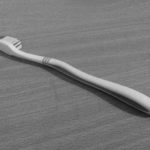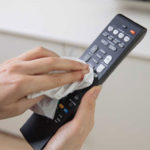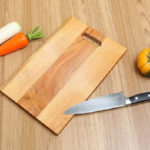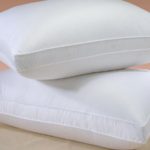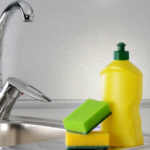Washing dishes is often considered a menial task, but it can have a significant impact on the health of family members if not done correctly.
Common Mistakes Made When Washing Dishes
One frequent mistake is directly handling a wet cloth to wash dishes after a meal. Leftover food residue on the plates and bowls can be extensive, and some of it may even be dried and stuck on, making it easy to miss spots and leaving bacteria behind. These food remnants are not only a breeding ground for bacteria but also a place where chemicals from dish soap can linger.
It is also not advisable to wash dishes in a hurry by soaking them in cold water while they are still hot. Sudden changes in temperature can cause deformation, damage, and cracks due to thermal expansion, affecting the appearance and lifespan of the dishes.
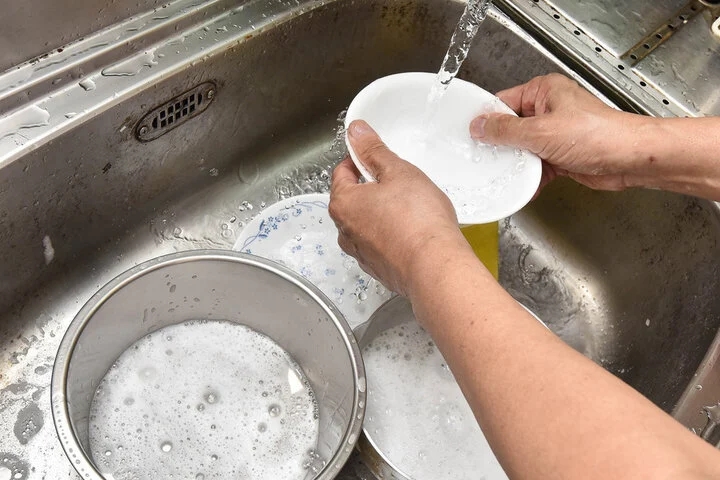
Not everyone knows the correct way to wash dishes. (Photo: Sohu)
Another common mistake is not changing the dishwashing sponge frequently enough. These sponges are a haven for bacteria, and the older they get, the more bacteria they harbor. Even with regular cleaning and drying, it’s challenging to prevent this.
In a 2017 study, Scientific Reports found nearly 82 billion bacteria per inch (2.54 cm2) on used dishwashing sponges. The researchers recommended replacing sponges weekly, contrary to the more common advice of doing so monthly or bi-weekly.
Using too much dish soap is another widespread mistake, as it can lead to a higher concentration of chemicals that are challenging to rinse away completely. These residues can then leach into the food you consume.
The harmful habit of soaking dishes for an extended period, especially overnight, should also be avoided. The danger lies not only in the proliferation of bacteria but also in the long-term damage caused by chemicals seeping into the pots and pans.
The Right Way to Wash Dishes
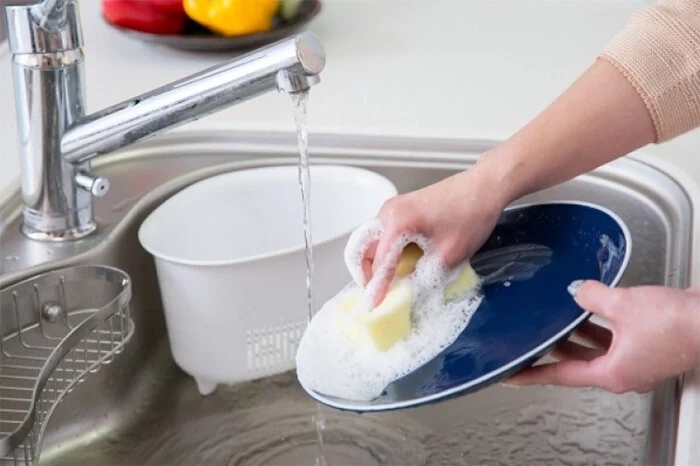
Are you washing dishes the right way? (Photo: Sohu)
Firstly, fill your sink with warm water and let the dishes soak for about 10 minutes. Warm water helps dissolve grease and food residue without damaging the dishes. For pots and pans with stubborn grease, you can soak them in hot water mixed with salt to loosen the grime. For porcelain dishes, a warm water and vinegar solution will help remove stains while preserving their color.
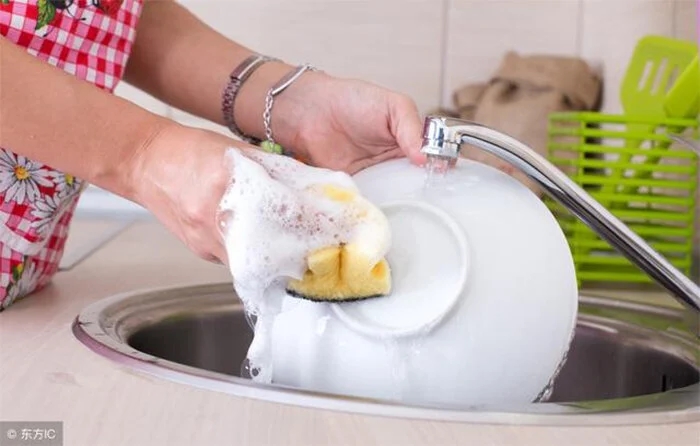
Using excessive dish soap can be harmful to your health. (Photo: Sohu)
After about 10 minutes, the stubborn dirt should have softened, making it easier to clean.
Avoid pouring dish soap directly onto the dishes to prevent chemical residues. Instead, mix dish soap with warm water to create a soapy solution before starting to wash. Rinse the dishes thoroughly, ensuring that no soap residue remains. Finish by rinsing them twice to guarantee they are entirely free of chemicals.
Always dry the dishes before putting them away to prevent the formation of mold, which can cause food poisoning.
According to VTC News
8 Common Mistakes People Make with Cutting Boards
Are you using your cutting board correctly? Many Vietnamese households rely on cutting boards in their kitchen, but not everyone knows how to use them properly, especially when it comes to wooden cutting boards. Check out these 8 mistakes to avoid when using a cutting board to ensure both hygiene and safety for everyone in your family.

























